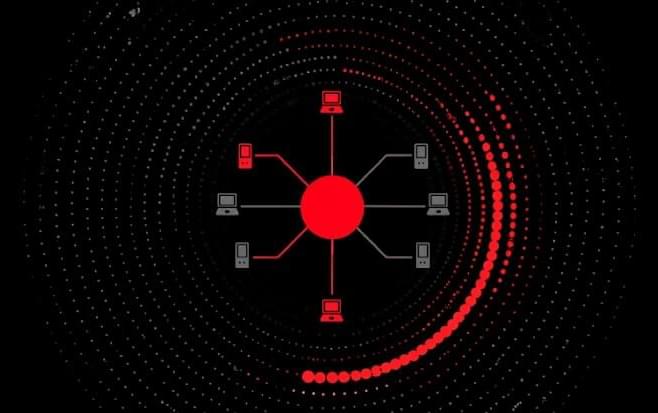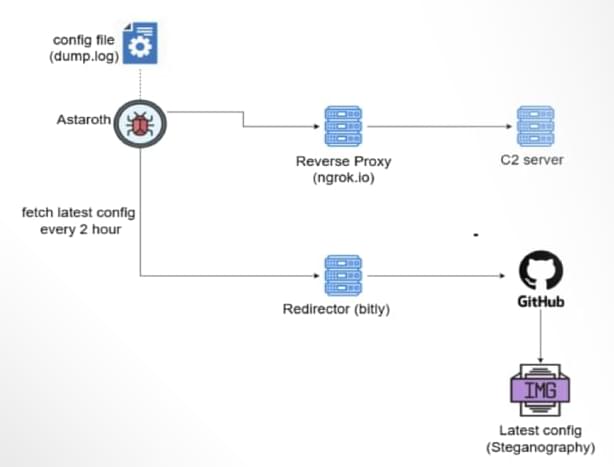Technology areas include electronic intelligence; autonomous processing; and new ways of blending cyber security and signals intelligence.





“This attack highlights not just the creativity and sophistication of attackers but also the danger of trusted system functionality being weaponized to evade traditional detection,” the researchers noted. “It’s not just about spotting malicious activity; it’s about recognizing how legitimate tools and processes can be manipulated and turned against you.”
ReliaQuest told The Hacker News it cannot share any further details regarding when the attack commenced other than noting that the attackers had access to the system for over a year.
“The threat actor likely resorted to this method over an N-day flaw for a simple reason: why use an exploit if they didn’t have to?,” it pointed out. “They likely gained initial access through a weak administrator password and then repurposed a software component into a backdoor.”




Cybersecurity researchers are calling attention to a new campaign that delivers the Astaroth banking trojan that employs GitHub as a backbone for its operations to stay resilient in the face of infrastructure takedowns.
“Instead of relying solely on traditional command-and-control (C2) servers that can be taken down, these attackers are leveraging GitHub repositories to host malware configurations,” McAfee Labs researchers Harshil Patel and Prabudh Chakravorty said in a report.
“When law enforcement or security researchers shut down their C2 infrastructure, Astaroth simply pulls fresh configurations from GitHub and keeps running.”

